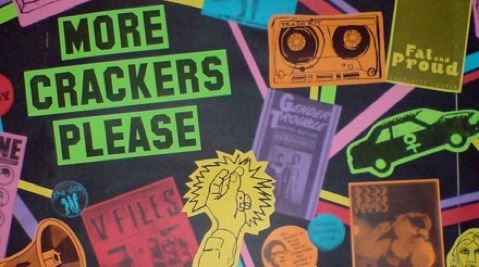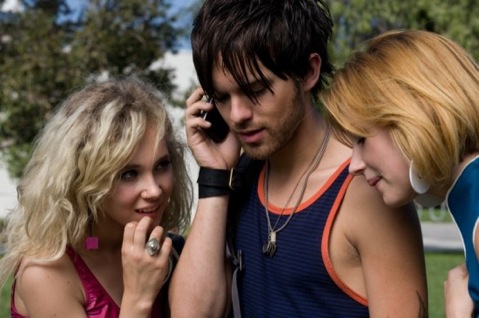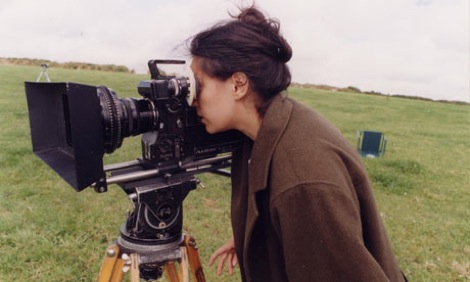It’s a long walk to Folly for a Flyover, at least if you’re using the canal. The route is a bit of a jumble; on the one hand it’s one of the quieter, more gorgeous parts of East London, on the other there are those sections when it becomes a building site, with bits of the Olympics showing up here and there.
As you travel it’s difficult not to think about the way in which the area is growing and changing, mostly for the better, as it undergoes the extensive urban regeneration that will prove the 2012 Games' true legacy.
But then, as you’re walking along looking out for cormorants and feeling vaguely hopefully about the future, you reach the A12 flyover, and another building site.
This one is different to the others. Not only because it’s populated with serious-looking twentysomethings, but because of what they’re building: a cinema, made of wooden bricks and a great deal of ingenuity. Folly for a Flyover is a hand-built cinema that will sit under the A12 flyover for the next six weeks.
The project is the creation of Assemble, who last year wowed audiences in Clerkenwell with the Cineroleum, a cinema built in an abandoned petrol station. This time they have become even more ambitious.
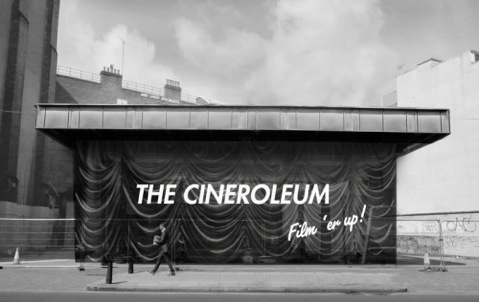
During the day the Folly will hold workshops, performances, boat trips and dance parties, while in the evening it will screen a programme of films featuring everything from Bicycle Thieves to 2001: A Space Odyssey, with the occasional light show or silent film set to a live score. Looking over the programme the question isn’t so much what you want to see as what you don’t want to see. Which isn’t much.
We spoke to Amica Dall, one of the leaders behind the project, about its conception, construction and the challenges of building a cinema under a motorway.
What made you decide that you wanted to create a cinema under a flyover?
After the Cineroleum finished we were thinking a lot about redundant space, and we just found here and thought it was amazing. And we wanted something quieter. The Cineroleum was so unpredictable; there were police cars going by, drunk people were coming out of the pubs, now and again an articulated lorry would rumble by. We were mixing the levels live to try and steady it but it was a problem. But here the noise is actually quite incidental when you’re underneath the flyover.
Does the weather affect the experience?
Oh, the rain looks incredible. I actually think it’s better when it rains because you’re completely dry but there are these narrow stripes of rain across the canal.
How did you develop the design?
We wanted it to be something quite beautiful in and of itself, but that was also functional. A lot of the structure was dictated around the different demands of being a café space, a bar space, and an auditorium too. We wanted it to have a sympathy with the local topography and also for it to take advantage of the motorway by poking up between it.
The idea was for it to feel like the motorway had been built over the cinema, and it had been forgotten about. We work really slowly and collaborated, so it evolved over quite a long time. I think the biggest breakthrough is when Lewis − he works for an architecture firm near here − went in a timber yard and saw some pieces of wood that we cut up quite small, and we started thinking about making wooden bricks. Rather than using them decoratively, to hide things, you could actually build out of them.
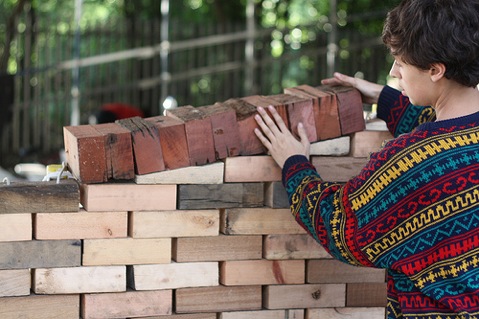
Did you find there was anything you didn’t know how to do?
Basically when we can’t do something we just ask people until we find out how to do it. With the bricks we were trying to work out how to make them load-bearing, so we asked a structural engineer friend who worked on James May’s Lego House and she helped us figure it out. It’s a question of finding ways to do things rather than just outsourcing them, because then you learn as you go along.
How did you decide on which films you wanted to show − did you think about them in relation to the space, or did you just choose films you loved?
We’ve been working with the Barbican. They approached us and said they’d like to work with us next year and we said “Oh we don’t know what we’re doing next year, how about now?” They have this exhibition of animation that’s all about trickery and illusion and fairytales. As an idea that excited us because this space looks bleak but it’s also quite magical. So we thought we could do a tie-in, satellite project. They’ve put their exhibition into different categories, so we just picked them up and started playing with them and built a programme of features based around it. So our first weekend is all about fairytales.
Our first film will be Snow White and on the Sunday we’re showing Baron Munchausen. It seems quite appropriate − a teller of tall tales who lives in his own fiction, as the Folly has its own fake history. We just proceeded like that really, choosing films that we thought were approachable but interesting, that people would enjoy.
What will happen to the building once you’ve finished?
Everything will be used somewhere else. The entire structure is a dry fit − there’s no mortar anywhere, so all the struts and things can just be lifted out at the end. The actual fixings remain useful, unlike mortar where you’d have to chip it off and you’d be starting from scratch. You’ve already still got the holes there so you can build new things out of them really easily. We’re giving some materials to the business over the canal, and others are scattering around. Some of the bricks are going to an adventure playground, some are going to make an outdoor waiting room − all sorts of stuff. People keep e-mailing us, asking if they can have one of our curtains, or some of our seats. It’s really great: the building will be absorbed into the community.
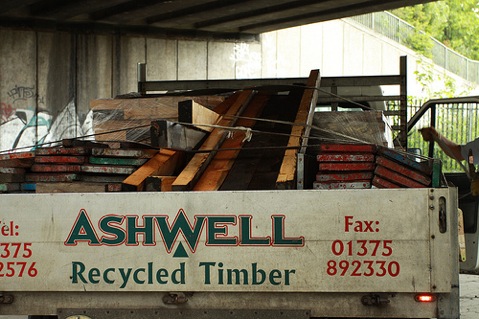
Folly for a Flyover opens this weekend and continues until 31st July. During our talk Amica mentioned how tickets for the Cineroleum had sold out within hours. While being elated at its success, they were disappointed that members of the local community would miss out. Learning from that, this time around the ticket releases have been staggered and will be released throughout the season. It’s well worth checking the website to see what’s on, and when you’ll be able to get them.

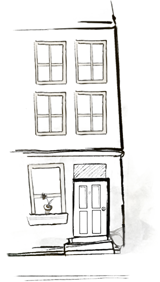

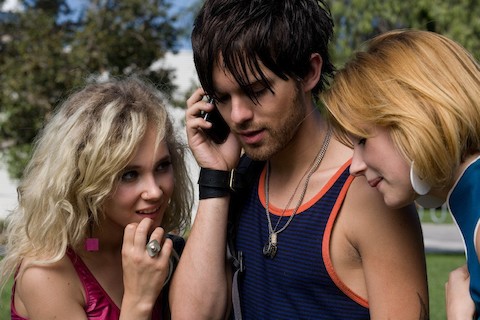
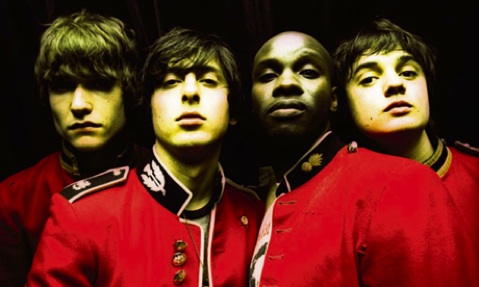
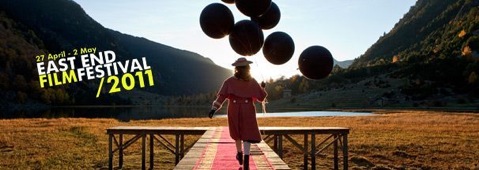
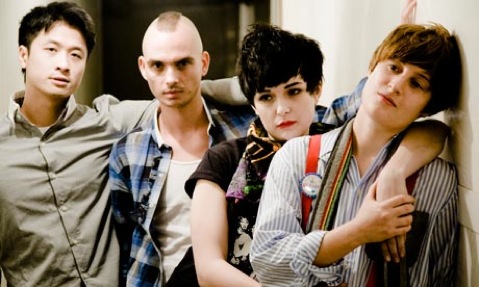
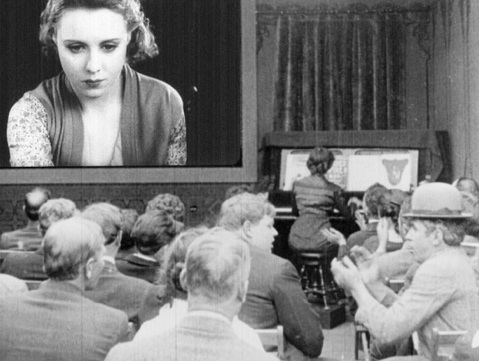
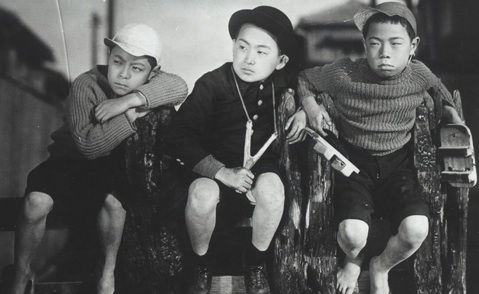 I Was Born, But ... (1932)
I Was Born, But ... (1932)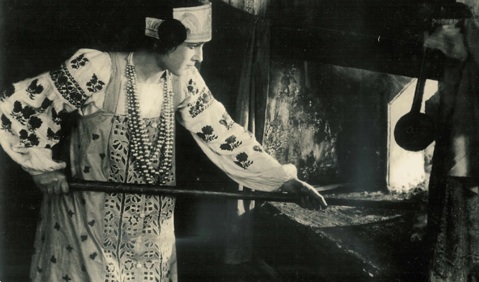 Morozko (1925)
Morozko (1925)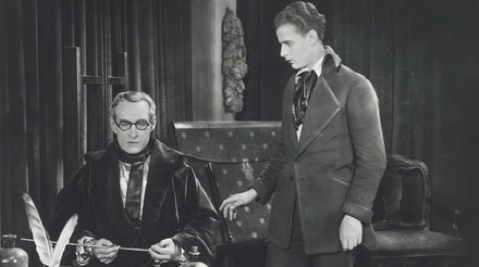 A still from Michael (1924).
A still from Michael (1924).